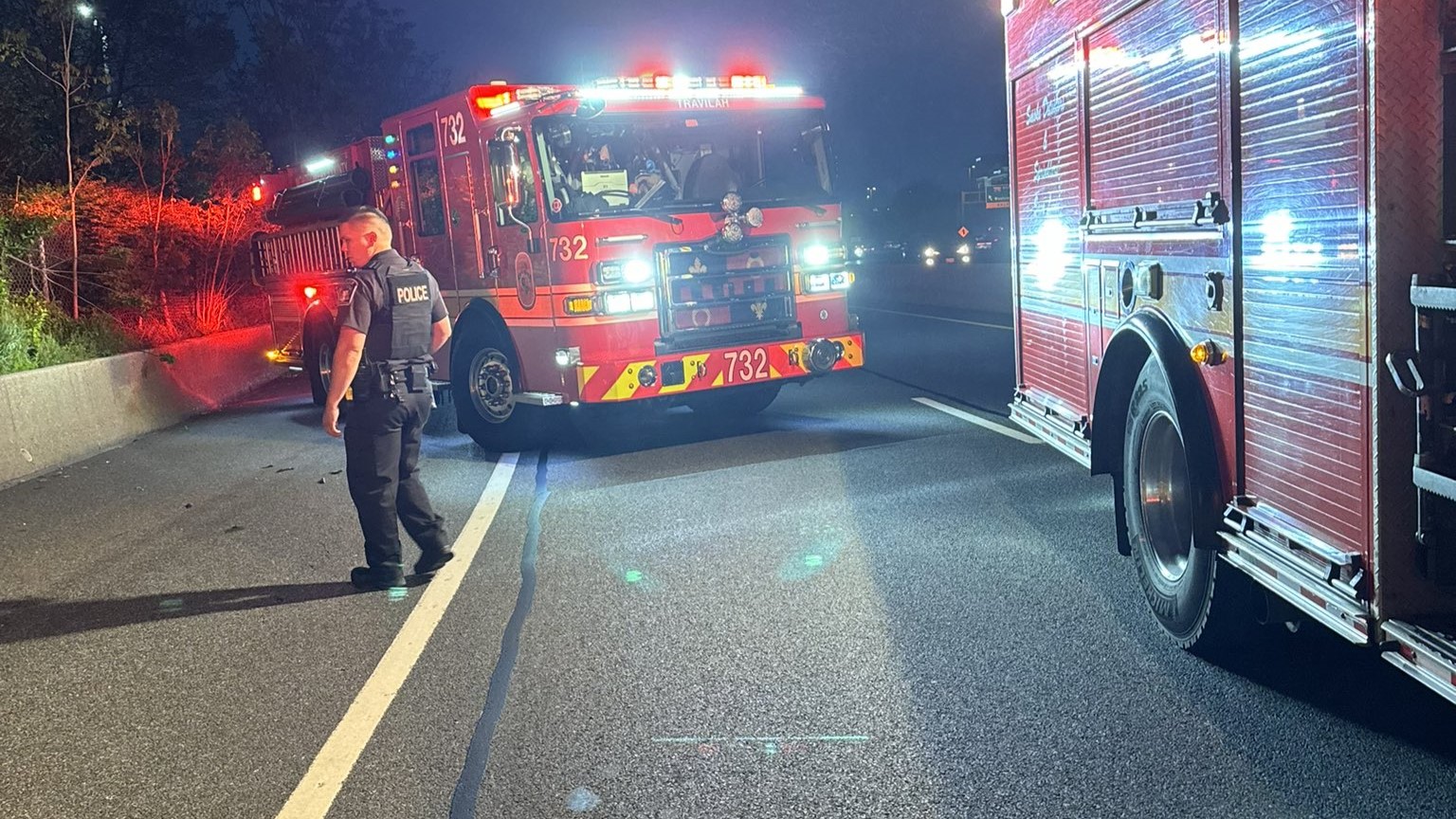What do you see when you see the Confederate battle flag?
The lines pretty clearly are drawn between hate and heroism.
Hate has been winning.
That flag has been waved by white racists for decades in defiance of federal power and in the name of “states’ rights.” It’s been used to assail black and white civil rights proponents with fear, and it festoons far more vehicles than just a few pickup trucks here and there.
Against this high tide of intolerance, there are those who hold a more benign view of the flag, arguing that it has been co-opted, stolen or disfigured from its true meaning.
“There is no flag for the million Confederate soldiers other than this battle flag,” said Joe Whitney, an earnest and 30-year student of all that is the U.S. Civil War.
On Monday, we stood in Fairfax County on the sliver of land that commemorates the Battle of Ox Hill, a battle that followed Manassas and played a role in the Confederates giving up a plan to attack the U.S. Capitol.
Local
Washington, D.C., Maryland and Virginia local news, events and information
The Union troops “put up a fight here and it dissuaded Robert E. Lee from trying to take D.C.,” Whitney said. When he sees the Confederate battle flag, he sees a flag that honors American soldiers even though they were on the losing side.
Those soldiers, some in their early teens, “fought bravely, left their homes and families to go and fight and die for what they believed in,” he said. And that is how Whitney and thousands of others see the Confederate battle flag: “To us, it’s not about a cause; it’s about honoring American soldiers.”
Whitney has spent more than 30 years re-enacting Civil War battles. He plays in Civil War-era bands. He’s been a technical adviser to films like “Glory,” “Gettysburg” and “Gods and Generals.”
He’s made battle flags and he’s slept next to campfires more times than he can probably remember.
As we walked on hallowed ground where maybe the bones of soldiers from both sides lay buried, we asked if it bothered him that white supremacists have corrupted the flag he cherishes.
“Well, yeah, anybody can take any symbol,” said Whitney. “A symbol is a tool and a tool can be used for good or bad. They’re trying to make it something bad.”
Before Republican leaders of South Carolina announced that they now thought the Confederate flag should no longer fly at the state capitol, Whitney said it should have been lowered like the U.S. flag to honor the slain victims at the Emanuel African Methodist Episcopal Church in Charleston.
The undercurrents and hate that prompted those horrific shootings obviously are more than the persistence of one flag. Maybe the place for that flag is a museum, not flying in disgrace or disputed honor. It’s part of American history. Let’s learn from that history.
■ Confederate symbols in our area. NBC4 pointed out this week that the Mississippi state flag is among those flying in Columbus Circle at Union Station. It uses the Confederate design. The Arkansas flag and other banners incorporate parts of the Confederate flag.
But the biggest Confederate flag can be seen along I-95 in Stafford County, Va.
The flag, measuring 30 feet by 20 feet, flies from a flagpole 90 feet tall. It’s on private property but is seen clearly from the interstate. Its supporters, a small group call Virginia Flaggers, told The Washington Post that the flag is not racist but honors Confederate soldiers.
■ “The Star-Spangled Banner.” The History Channel has posted some little-known history of the national anthem. During the Civil War, “The Star-Spangled Banner” was an anthem for Union troops. It was not until 1916 when President Woodrow Wilson signed an executive order designating it as the official anthem for military ceremonies.
And it was not until 1931 that Congress passed a law officially designating it as the national anthem of the country.
■ The Frederick Douglass Bible. The Bible owned by Frederick Douglass is on display at the National Historic Site in Anacostia. It’ll be there until July 5. The Bible recently was used for the swearing in of Loretta Lynch as the nation’s first African-American female attorney general.
Washington’s own historic church, the Metropolitan African Methodist Episcopal Church, gave Douglass the Bible in 1889. It’s an Oxford University Press edition that has both the Old Testament and the New Testament.
According to the National Park Service which maintains the Douglass home called Cedar Hill, Douglass’ life has been “the source of inspiration and hope for millions.”
The address is 1411 W St. SE.
Tom Sherwood, a Southwest resident, is a political reporter for News 4.



